Posted in Dumbarton, History at 12:00 on 28 February 2024
This is something I didn’t know existed till our visit to Dumbarton last May. It’s the remains of a well in Levengrove Park.

The information board explained it all. Rediscovered after a tree fell during a storm in 2018 (long after I had stopped living in Dumbarton) it was part of the first system to bring water into the town from outside. In 1714 the land on which Levengrove Park now stands would have been beyond the boundaries.
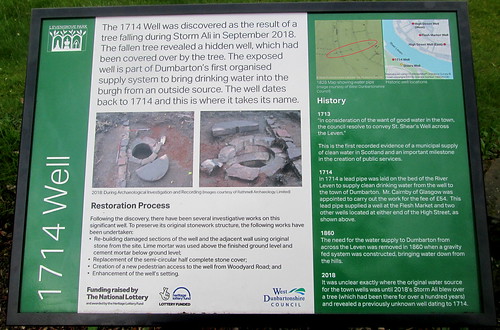
The rest of the stone which had covered the well has been placed nearby:-

No Comments »
Posted in Architecture, Dumbarton at 12:00 on 25 February 2024
These ruins are in Levengrove Park.

The church is the supposed burial place of the viscera of King Robert the Bruce.

Information Board for the ruins:-

Remains of east wall:-
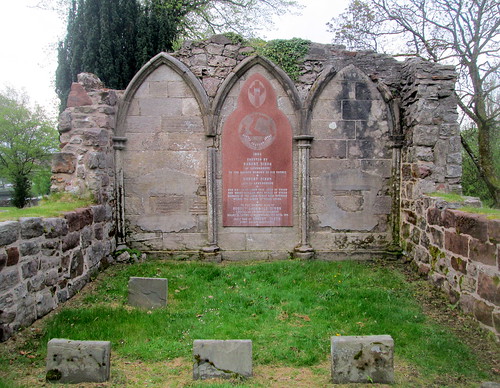
Reverse View of ruins:-
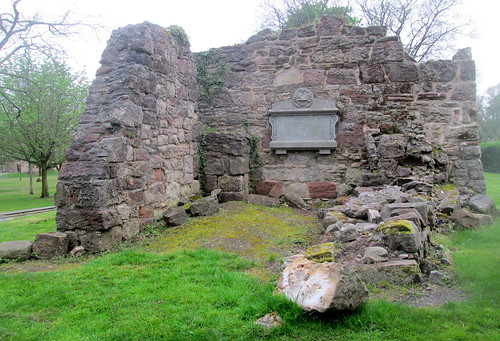
No Comments »
Posted in Events dear boy. Events, Science Fiction at 12:00 on 8 February 2024
I was shocked to learn of the death of writer Christopher Priest.
Yes he was 80 and it seems he had cancer (but of course I did not know that) but the news nevertheless came as a jolt.
I had followed his blog posts – see my sidebar – but he usually posted intermittently so the lack of recent posts did not seem significant.
I had probably heard of him in the 1960s via short stories but certainly by the time of his first novel (Indoctrinaire, 1970) and I bought and read his books keenly. His work makes up a substantial portion of my SF collection. Typically the reality in his narratives is slippery, with things gradually morphing from the seemingly quotidian to something more other worldly.
He will most probably be remembered for his stories set in the Dream Archipelago, a world recognisably like ours but yet twisted slightly out of true and which evolved over time.
I was lucky enough to meet him a few times at Science Fiction conventions. The last time was at the Harrogate Eastercon (six years ago now) – quite some time since we had last met – and since I am a relatively little known SF writer/reviewer – I was surprised he recognised me. He even remembered I hail from Dumbarton and introduced me to his partner Nina Allan (whom he married last year) as coming from the town. He was unfailingly courteous, friendly and encouraging.
I have of course read most of his books and have reviewed many of them on here (the link is to every mention of Priest on this blog.) His prose never fell below the highest quality. Had his work not been so closely aligned to Science Fiction and the speculative he would undoubtedly have received more praise from the usual literati suspects than he in fact did.
My consolation (if there is one) is that there are still some of his books on my tbr pile.
Christopher Mackenzie Priest: 14/7/1943 – 2/2/2024. So it goes.
No Comments »
Posted in Dumbarton, Shipping at 12:00 on 29 June 2023
One of the reasons why Dumbarton is a site for the Scottish Maritime Museum, apart from its shipbuilding history, is the location there of a ship model experiment tank built in 1882 by Denny & Brothers to test new ship designs.
View of tank machinery:-
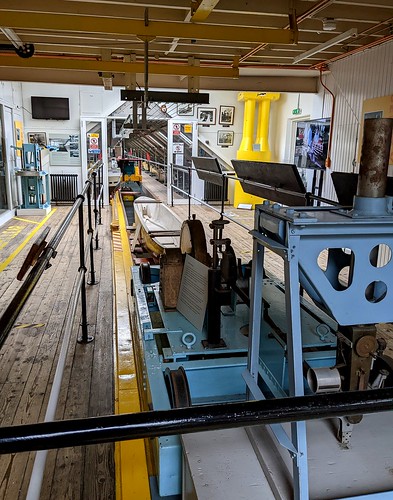
The day we visited there was no access beyond the doors:-

There was, though, a display of various bow types:-
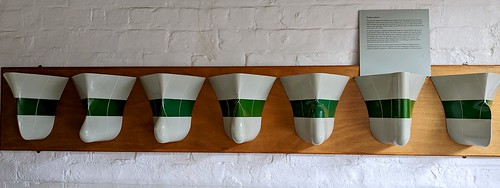

The site still builds and tests wooden hull models:-

This poster shows two of the innovations Denny’s came up with, the steam turbine and stabilisers:-
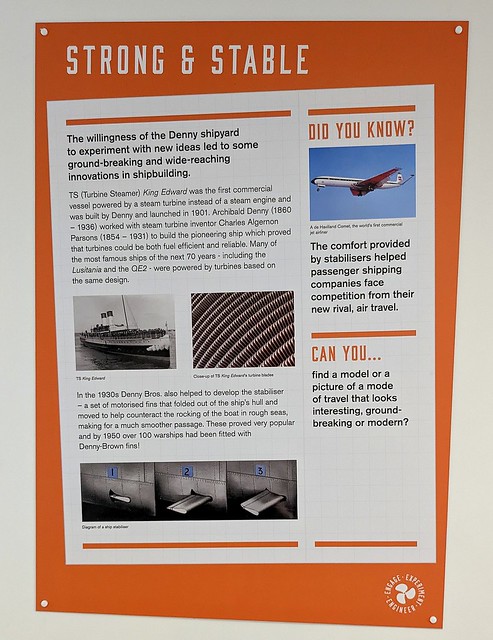
No Comments »
Posted in Dumbarton, Dumbarton FC, Shipping at 12:00 on 26 June 2023
William Denny & Brothers (known simply as Denny’s) was perhaps the best known Dumbarton shipyard and was a major employer in the town. When it shut down in 1963 it cast a palpable gloom over the town from which arguably it has never recovered.
The photograph below is of the shipyard in its heyday and along with the accompanying information (second below) is on display at the Scottish Maritime Museum building in Dumbarton.


Also on display there is a model of the shipyard in its location alongside Dumbarton Rock :-
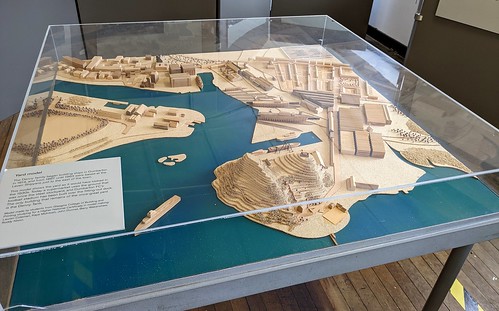
The Dumbarton Football Stadium – home to the Sons of the Rock – now exists in the area where Denny’s fitting out dock lay. I’ll come later to the Denny Tank mentioned in the information below:-

No Comments »
Posted in Dumbarton, Shipping at 12:00 on 25 June 2023
The famous tea clipper Cutty Sark, now a visitor attraction in London, was built in Dumbarton, first at the yard of Scott and Linton but that firm went bankrupt before she could be completed and Denny & Brothers had to step in to finish the build.

There is a branch of the Scottish Maritime Museum in Dumbarton and we visited it last June where the above information was displayed beside a model of the ship – as well as its cat’s head mascot:

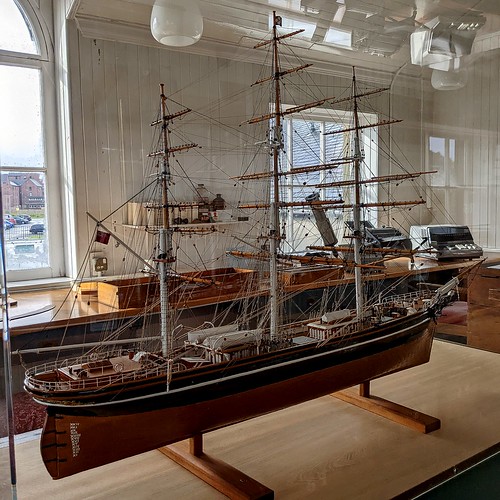
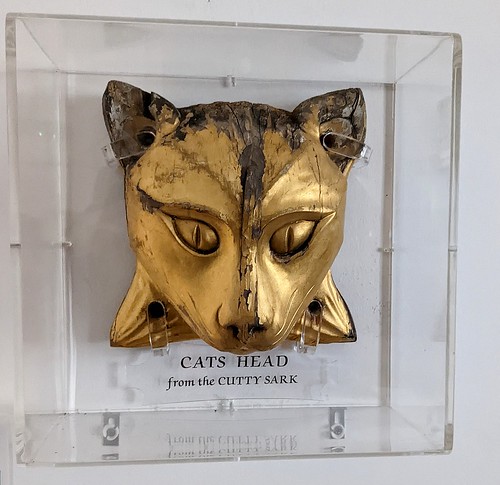
It’s a pity that the Cutty Sark itself is on display in London* as it would be a great pull for visitors to Dumbarton if it were to be returned home.
*Not that it’s the original ship since a lot of it was destroyed by fire in 2007.
No Comments »
Posted in Dumbarton, War Memorials at 12:00 on 27 May 2023
I posted one photograph of the War Memorial inside St Augustine’s in my first post about the church. At the West Dunbartonshire Open Day in September I took a few more.
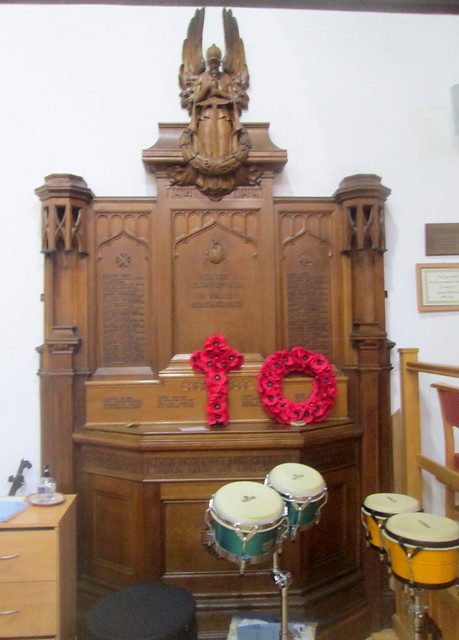
Dedications. “1914-1919. To the glory of God in proud remembrance.” Below “1939-1945.”

Lower left portion:-

Lower right portion:-
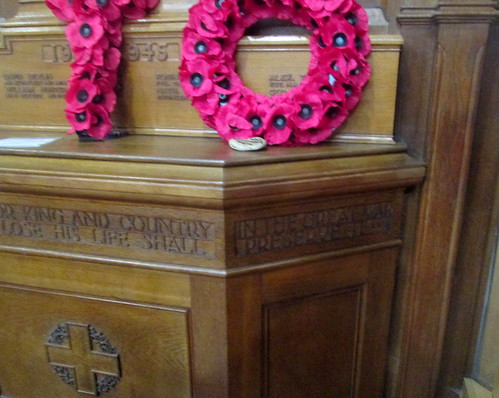
The total inscription reads, “These gave their lives for King and country in the Great War. Whosoever shall lose his life shall preserve it.”
No Comments »
Posted in Dumbarton, War Memorials at 12:00 on 24 May 2023
It was something I took for granted growing up but the communion rail of St Augustine’s Church Dumbarton is actually a memorial to the dead of the First World War.
Communion rails, St Augustine’s, Dumbarton. Inscribed “To the glory of God and in loving memory of thos ewho gave their lives in the Great War 1914 1919.”:-


You will note the angels on the gateposts:-

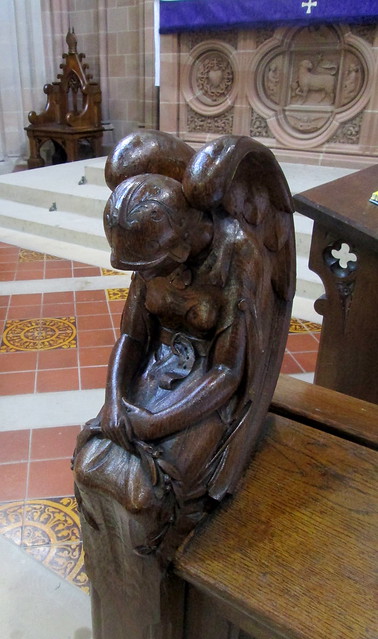
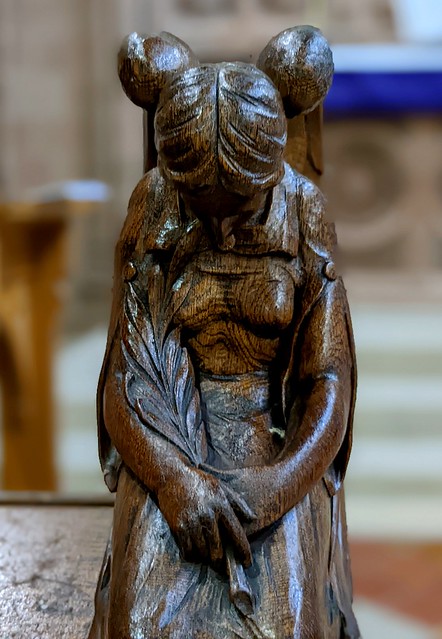

These are thought to be modelled on “the Angels of Mons.” On the West Dunbartonshire open day last September a leaflet on one of the rails provided background information:-

The legend of the angels was certainly a useful morale booster to the Allies at the time when the war had settled down into trench stalemate but there is if course no evidence for any actual supernatural intervention – whether by angels or bowmen from Agincourt. The fact that the war continued for another four years of industrialised slaughter would suggest that any divine interference in its outcome was severely lacking.
Pedant’s corner:- The leaflet refers to a General Dorrien-Smith. His name was actually Horace Smith-Dorrien.
No Comments »
Posted in Architecture, Dumbarton at 12:00 on 22 May 2023
In my previous post about St Augustine’s Church, Dumbarton, I mentioned that I ought to have photographed its fine stained glass west window from inside.
In September, on West Dunbartonshire’s open day, I got the opportunity.
From body of church:-
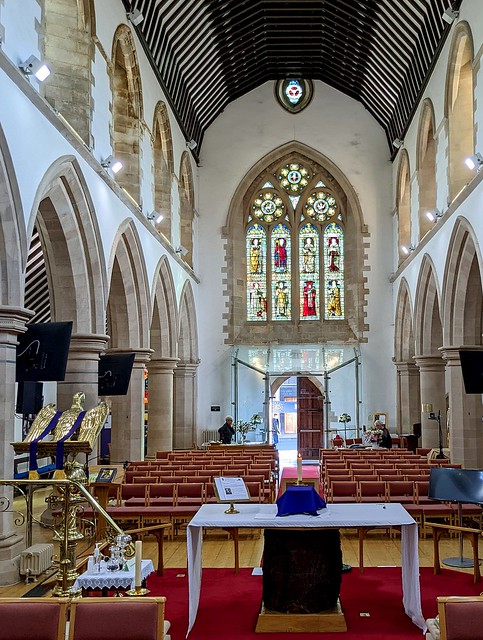
Closer view:-

There is a smaller set of stained glass windows (at the back of the left-hand aisle as you look at the above):-
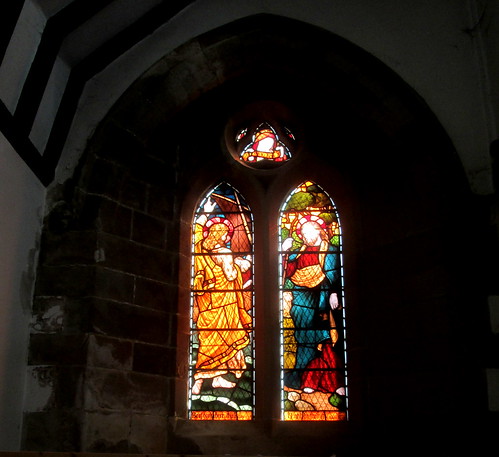
And of course there is another set of stained glass wimdows above the altar. Chancel and altar:-

An addition to the church from when I remembered it there has been a new addition, a cross made by artist John Woodcock to commemorate those who have died of addiction:-

Inscription:-

No Comments »
Posted in Dumbarton FC at 20:43 on 11 March 2023
This follows on from Dumbarton P-P Stirling Albion on Tuesday night – a completely farcical call-off made only when the game referee turned up and had a look at the pitch.
Every Dumbarton fan knows that a strip of pitch on the stand side doesn’t get the sun, so how come the groundsman didn’t make efforts to alleviate this or call for an earlier inspection? (There’s history with the present groundsman, too complicated to go into here.)
At least today’s call-off was after a 10 am inspection and no fans, local or travelling, were inconvenienced by it.
However it does mean that the rearranged Stirling game (now due on Tuesday) – if it goes ahead – has become a must-not-lose since they managed to reduce the gap to two points after gaining a win in added time today. And they still have a game in hand.
No Comments »







































